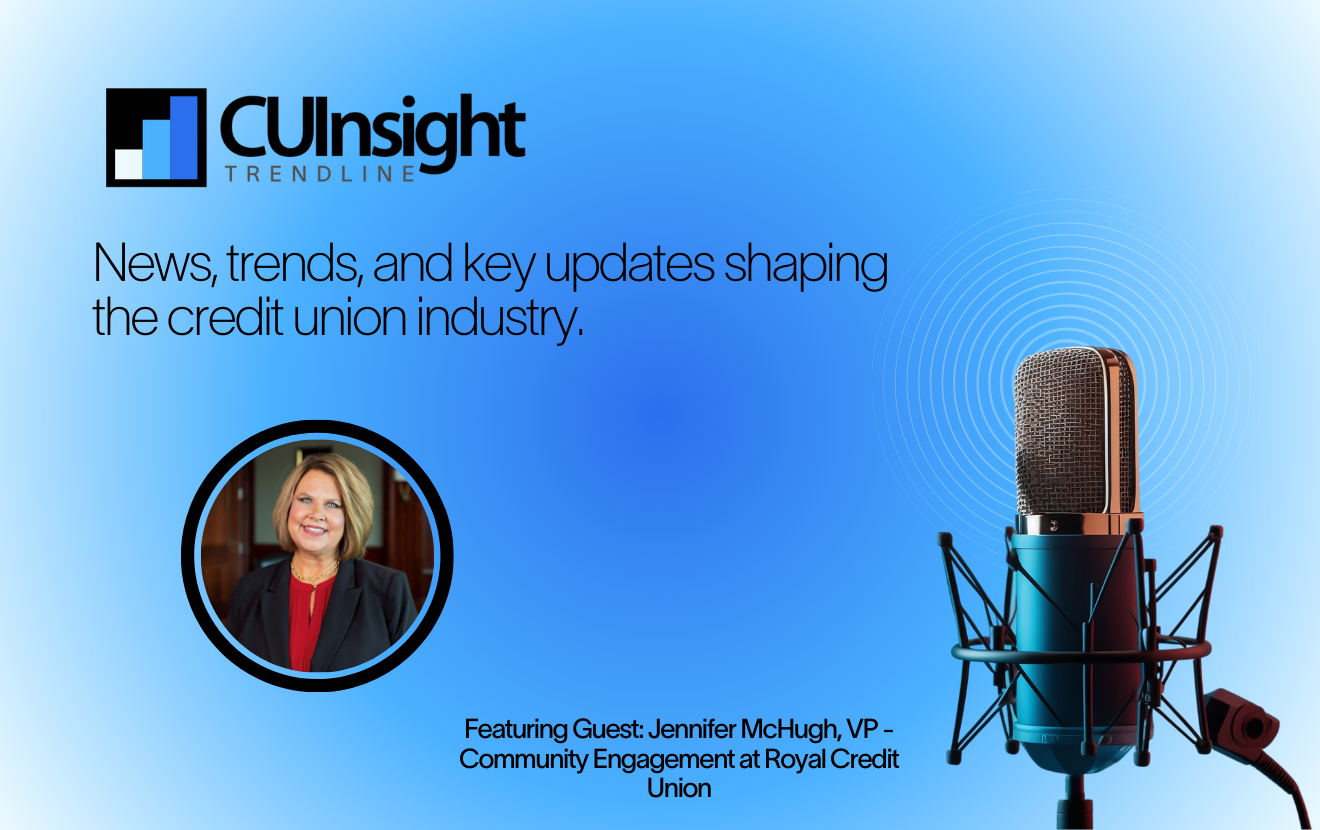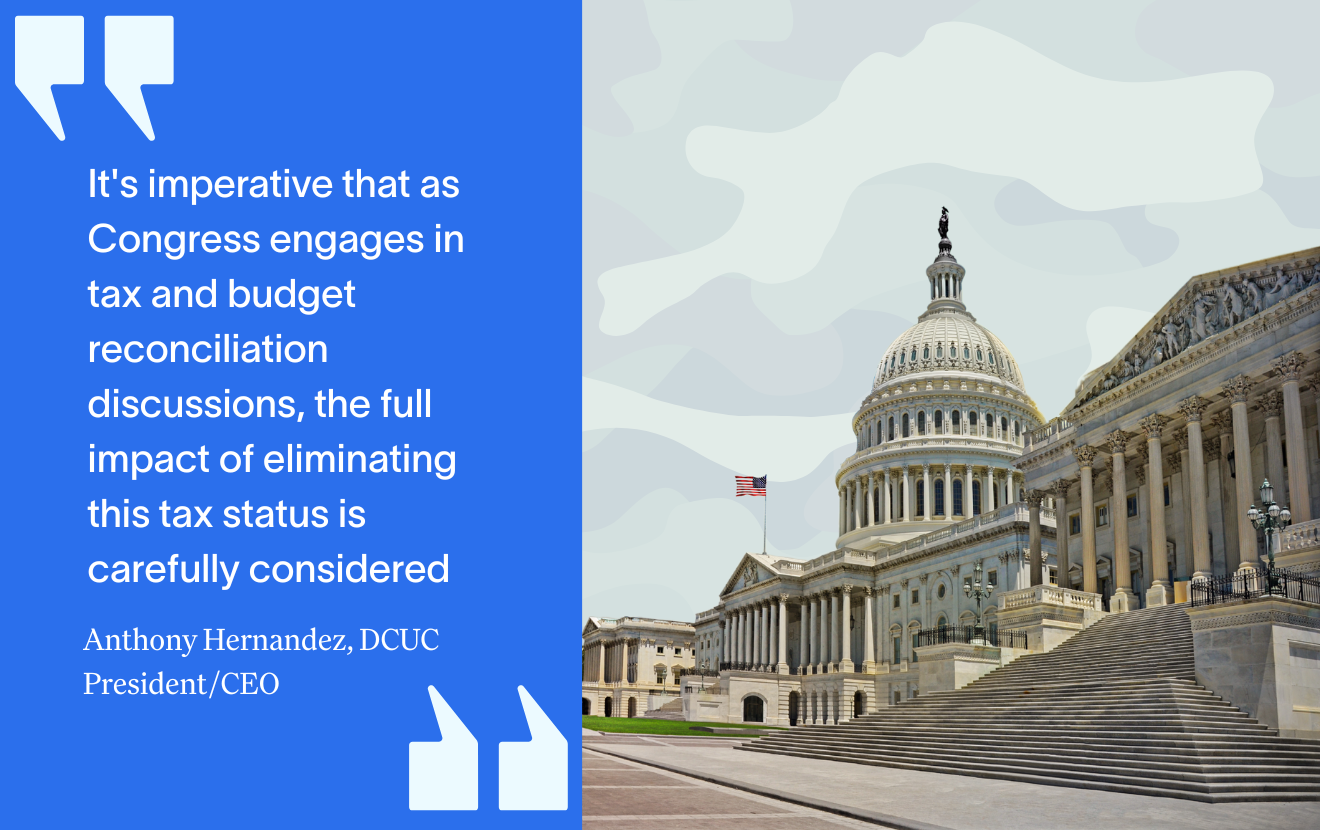In light of some big social media news, I want to expand on an idea I touched on in a previous article exploring the idea that social media can be used to as an enabler of human empathy if we so choose to use it that way.
Facebook just launched “Reactions,” essentially meaning that the good old Like button just got five new friends. I’m sure by now you’ve all had fun exploring this new freedom to customize your sentiment with a quick swipe of your finger over all your friends’ messages. However, this isn’t just a cutesy meaningless addition, or one that Facebook made lightly. No, in fact, this is huge. This move by the king of social media, to substantially change its most iconic symbol, highlights that the tension we feel between cold technology and our very humanity is certainly real.
I find myself often asking, does more technology mean less humanism? Does one exist at the detriment of the other? Does this mean video literally killed the radio star?
My answer: It does...if you let it.
My research, and slight obsession, on this topic has led to a couple things I’d like to point out that would benefit you to avoid (both professionally and personally) when it comes to digital communications, and some steps credit unions and other brands can take to make their digital communities more enjoyable for those who spend time there.
FOMO
The dirty little truth about social mediaand many other digital communication technologies is they’re built to foster a sense of FOMO in its users. Wikipedia defines FOMO as social angst characterized by a desire to stay continually connected with what others are doing. So it makes sense, if the goal is to keep you always on. Like an overly clingy friend, social media never wants you to leave, and it isn't above manipulating you at your detriment to keep you there.
And it’s working – recent research has shown that Americans check their social media accounts an average of 17 times a day, at least once every waking hour. We spend 4.7 hours consuming content from our mobile phones.
There are many reasons social and digital technology comes with this default setting designed to overwhelm, overload and tax its users, but in large part it comes down to the economic and social currency of it.The more time you spend there, the better for the technology creator’s bottom line. And the more you feel you’re missing out on what everyone else is doing there, the more you’re there. An infinity loop of FOMO, yikes!
FOMO is dangerous and detrimental to our humanity because it pits us against each other, and removes the lens of the imperfect reality we all see through. While this may be the default, it certainly doesn’t need to be this way. A report on social media use by parents shows that 81% of parents who use social media respond positively to good news others share in their networks and 74% get support from their friends there.
Infomania
Another dehumanizing affliction our technology gives us, like FOMO, is a fear of missing out on content, turning us into information consuming machines, ironically leaving little time for inefficient human discussion of said content (Portlanda demonstrated this best with the “Did you read it?” scene). By some estimates, the average U.S. adult now consumes 12 hours of media a day!
Information overload is taxing and keeping up is nearly impossible. (If you have 25 min I highly recommend listening to this podcast on information overload.) People want information--as humans we’re naturally curious--but we need help! That’s where technology poses a viable solution to speed up our consumption time and get us back to being human.
But technology can take away our time in many ways, most notably it is said to take 23 min to get back into a task once interrupted by things like email or social media alerts. We completely fail when we try to keep up with and act like machines. The internet’s capacity is limitless. Our human brain’s is not. We need to cut ourselves a break—it’s okay to not have read everything there is to read.
If only used right, technology can give us the best of both worlds – an extension of ourselves to simply, quickly and accurately bring us what we’re looking for, even telling us what we need to know before we even know we need it – all while saving us time to just be.
Like, Love, Haha, Wow, Sad, Angry
So what can we do with all this information? Take the lead from Facebook’s Reactions and use technology to enhance our human nature, not destroy it.
If you’re the leader, manager or owner of an online community (for your brand or your personal network), put in the thought and work to manufacture an experience that delights, brings value, and builds up its users. We have more control than we think to set the tone and create the culture we want to see in our social digital spaces.
Here’s a simple 4-step plan credit unions can take to protect the human element in digital spaces:
- Be comfortable in your own skin on social media—you can’t ignore it, so you might as well embrace it. Let go of fears and concerns, ambiguity and uncertainty about it. For every risk, question or concern, there is absolutely a workable solution—from regulatory concerns, reputation damage, negativity and capacity limitations, there is a workable strategy for you to be able to extract the benefits and mitigate the risks.
- Pick ONE way you will use your social and digital spaces to improve the lives of those using it. Find something that will bring joy, bring ease, bring comfort, bring support or bring clarity to this digital space you've branded as your own. You get to decide this. You get to lead by example and enforce the right behaviors here.
- Execute on your one idea for bringing something better to your community for one month.Be creative with it, have fun and seek input and inspiration from others. Be imperfectly human.
- Measure your success by your Return On Joy—not in increased followers or engagement. Have you made this place a joyful space? To measure this, it wouldn't be unlike knowing if someone you work with is having a good day or a bad day. Think about if your digital community is having a 'good day.’ Then determine if it was you and your new approach that helped make it that way. Look at your conversations. Just like so many things we humans know, you’ll know increased joy when you see it.
And there you go. To ensure our technology only enhances our humanity, resist tendencies toward FOMO, and let go of the urge to become an infomanic. As the leader of a digital community, make it a place where all your visitors can find joy and feel more human, because inevitably, we all will be spending part of our days there.







